Knitwear is distinguished by its diversity and is widely used in everyday life. Very often it is made from a fabric called interlock, but many people do not even know what it is.
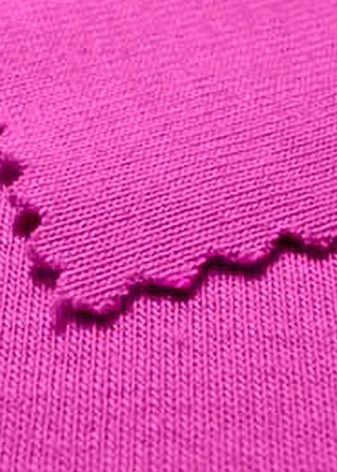
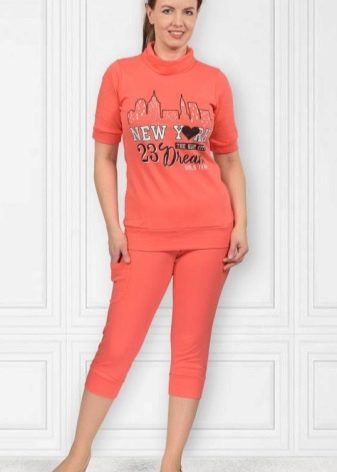
What it is?
The English word interlock means "overlap, crossing." It is this method of knitting a knitted fabric that underlies the manufacture of interlock: tight weaving of intersecting fibers.
Interlock is a type of knitwear, which is distinguished by a special way of weaving the fibers forming a dense fabric into elastic. They knit fibers on special knitting machines with two rows of needles located at a certain slope relative to each other. The yarn used for knitting has a slight twist. The knitting method of this knitted fabric is the technology of cross-knitting weaving of threads formed by combining several main weaves. The stitches of the loops form small gaps, which gives the fabric density and elasticity.
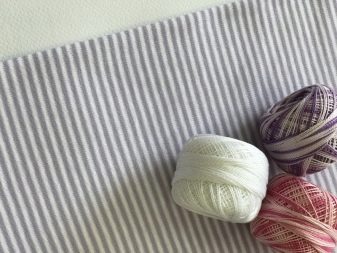
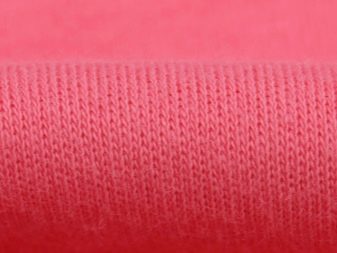
The result is a two-sided canvas, in which both surfaces are the same and even close to the front can not be distinguished from the inside. Therefore, interlock is also called double knitwear or two-piece. When knitting a fabric, alternation of front and back columns is used. This combination can be in different versions: 1 and 1 - alternation through the column, 2 and 2 - two columns of the front and wrong, 2 and 1 - two facial columns and the wrong.
Interlock can have a single color, striped or checkered patterns, for which fibers painted in different colors are used. It also often has a printed pattern. According to the description, it is a silky, smooth and soft fabric, which is very pleasant when in contact with the skin, so clothes for babies are often sewn from two-elastic.
Underwear can be sewn from it, fabric with prints is well suited for sewing curtains, as well as other attributes that adorn the interior.
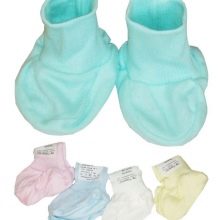
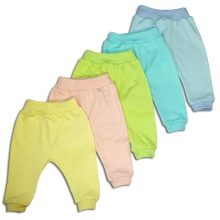

Structure
The raw material for the production of two-plastics is pure cotton. This is a natural knitwear. The quality of the cross-woven fabric is achieved by pretreating the fibers with substances such as paraffin and a special emulsion, which give the fabric strength and surface smoothness. When synthetic fibers are added to cotton, the properties of knitwear deteriorate, so synthetics are rarely included in it.
If interlock is supplemented with other fibers, then it is most often viscose, polyester, elastane, lycra and in small quantities.
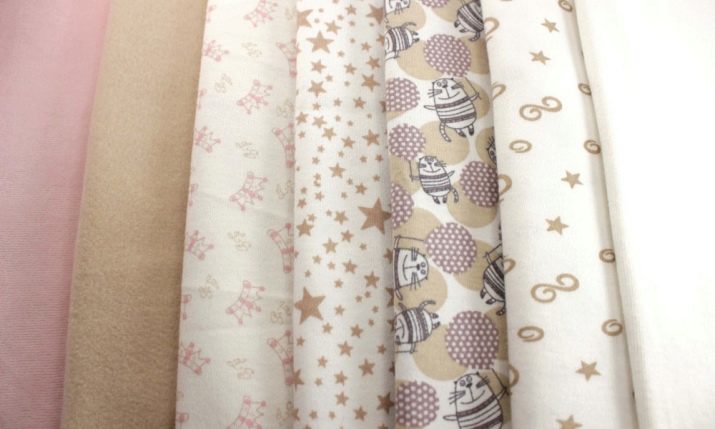
The properties
Being a natural knitted fabric made of cotton, interlock is characterized by the characteristic properties of cotton materials.
- Resistance to wear. The fabric well tolerates prolonged use, does not wear out for a long time. The quality of the fiber and the texture of the fabric prevent the formation of spools, puffs. material retains its original appearance for a long time.
- Resistance to stretching. Knitwear stretches weakly and has the ability to quickly return to its original form after stretching it.
- Hygroscopicity. Two-piece things have a good ability to absorb and pass moisture.
- Breathability. This ability of the two-plastics provides air access and allows the skin to "breathe".

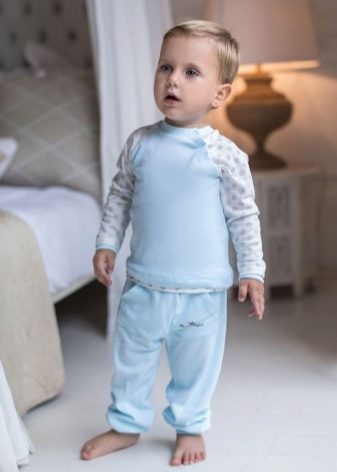
- Thermoregulation. Warm fabric provides comfort in the cold season, because it retains heat well and at the same time, by passing air, protects against overheating and maintains a temperature balance.
- Environmentally friendly and hypoallergenic. The two-layer, made of natural cotton, is absolutely safe for health and does not contribute to the occurrence of any allergic reactions or skin irritations.
- Durability guaranteed by double-sided weaving. The density of the canvas is not lower than 180 g / sq. m
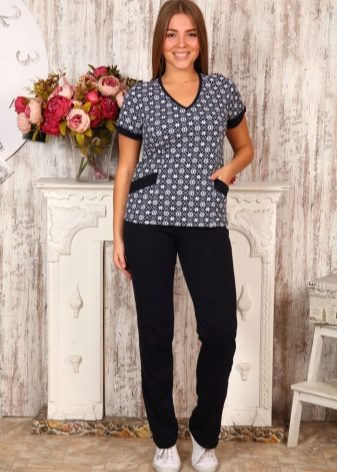
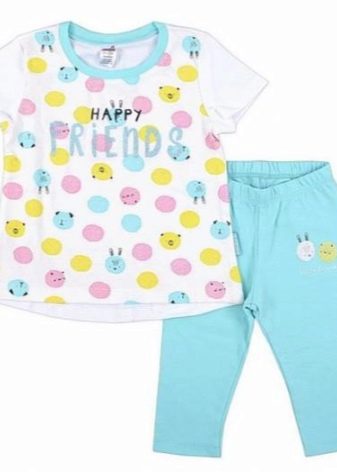
These properties determine its positive qualities.
- The fabric is able to stretch but not stretch, it does not change shape even after washing and prolonged wear. Loops do not come down, threads do not stretch.
- Knitwear is dense and has a long wear period.
- Easily transfers washing both manual and machine and irones well.
- For a long time does not lose its color. When washing does not fade and does not fade in the sun.
- Interlock has the ability to not wrinkle.
- Knitwear does not require complicated care.
- A characteristic feature of the fabric is also manifested in the fact that the edge of the fabric does not collapse and this facilitates the process of cutting and sewing two-piece products.

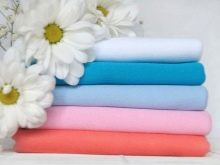

But there are also negative points. When washing, accuracy and use of water of a certain temperature are required, otherwise the thing may “sit down”. Interlock clothing is only suitable for use during the cold season.
Possessing such excellent qualities, two-plastics found wide application. A variety of products are sewn from it: wonderful underwear, adult home clothes. For kids from knitwear they produce vests and romper suits, T-shirts and T-shirts, sweaters, for teenagers - warm sweatshirts and trousers, shirts. It is also used for sewing adult and children's clothing for sports. Less commonly used for sewing bedding, curtains and curtains.
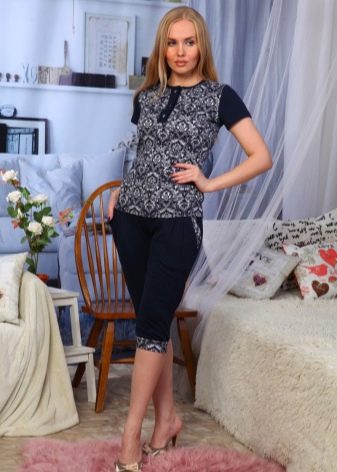
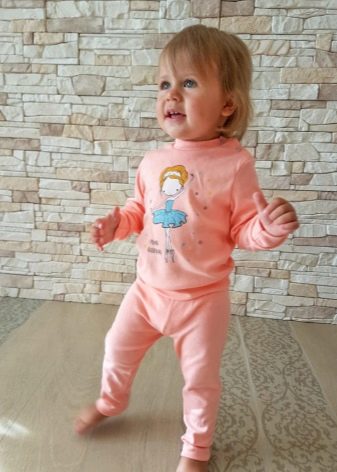
Varieties
Interlock is classified according to the type of fiber used. There are three types of two-plastics depending on the quality of the raw materials.
Singing
For the manufacture of this type of double-layer knitwear, the best long cotton fibers, previously specially treated, are used. Carefully sanded fibers are free from any defects: pile or nodules.Therefore, a thin, but sufficiently strong fabric is characterized by absolute surface smoothness with a slight silkiness. Subsequently, no spools are formed on the knitwear during socks. In everyday use, the material almost does not crease and does not change shape. The fabric is able to retain heat for a long time and has good breathability. This is the best quality knitwear.
It is used for sewing clothes for adults (underwear, nightgowns, pajamas). Plain singing is used for the manufacture of clothing for sports, as well as shirts, sweatshirts. It is simply indispensable for sewing clothes for kids. From it sewn insulated romper pants and trousers, T-shirts and sweaters, dresses, hats and overalls, jackets.
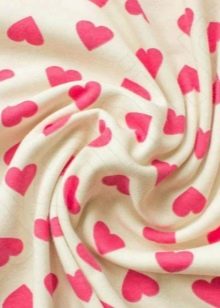
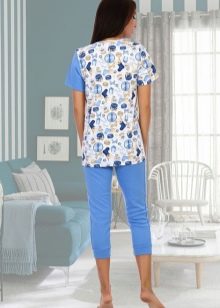
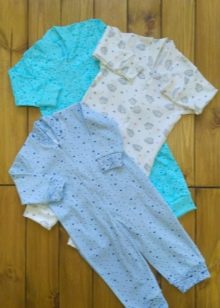
Ring (card)
The canvas is knitted from medium-sized cotton fibers, quite smooth, although a little loose. Therefore, the knitwear is not so dense, has a slightly fleecy and not as smooth surface as the song. This is a thicker but friable canvas.
It is quite warm and durable, shows good properties when used. This jersey is of medium quality. It is applied for tailoring of t-shirts and adult clothes. Products from it also differ in durability and long term of use.
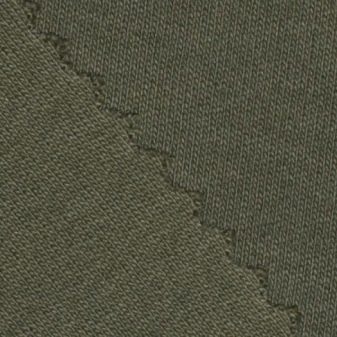
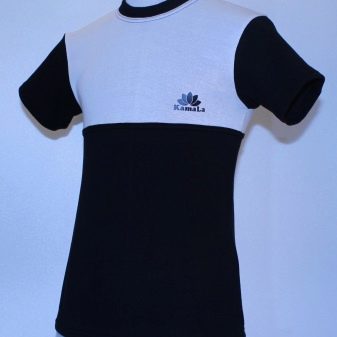
Openend
This type of interlock is made from loose, very short fibers with little twisting and from the threads left after knitting a song and a ring. The ends of these fibers form numerous fibers on the knit surface. Openend is fleece knitwear and this distinguishes it from singing. Wrinkles and roughness can form on the fabric, this is the cheapest material of all types of interlock.
The listed species are a real interlock. But there is interlock with artificial fibers having a loose structure, or with the addition of synthetics. The result is a knitted fabric with fleece. Interlock can be knitted from fibers of different colors (material into a cage or strip) and using melange yarns.
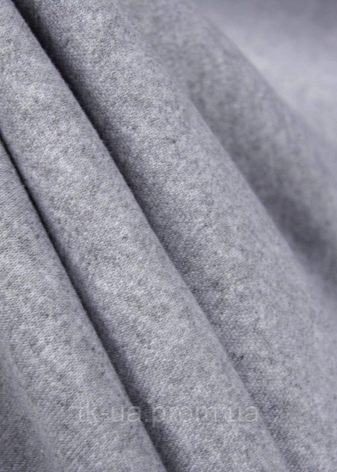

Comparison with other materials
There are many types of cotton knit fabric, which have similar properties to or differ from interlock.
- Kulirka or cooking surface just like interlock, it consists of 100% cotton. It is a very thin fabric with a smooth surface. On the front side, loops in the form of pigtails are clearly visible, and on the inside, diamond-shaped loops (the so-called brickwork). The common feature of these two knitwear options is that their classification depends on the quality of the cotton fibers.
Interlock exceeds the cooler by its density, but has less ability to stretch. The scope of their application is also different. Kulirka has lightness and airiness, it allows air to pass through perfectly, therefore summer clothes are sewn from it, unlike two-layer.
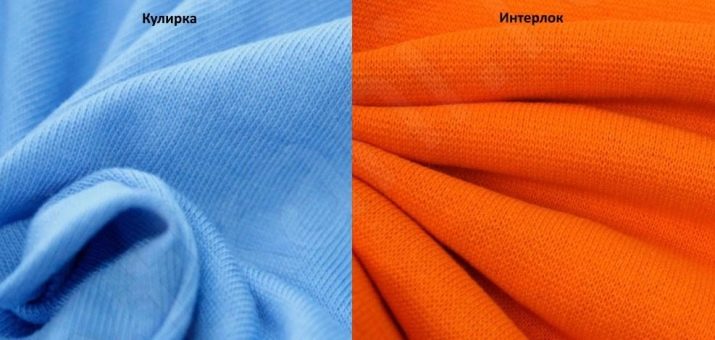
- Cotton Fabric differs from interlock in that it can include synthetic thread additives in the form of elastane and polyester (up to 10%). In density, these two types of fabric are the same.
- Types of footer unlike interlock, are classified by the number of threads (from 1 to 3) used in the knitting process. The density of knitwear depends on this. A three-thread footer often incorporates, besides cotton, wool with lycra or polyester.
The front side is smooth, like a two-blade, but denser. The wrong side has a pile. Since the composition contains wool, the fabric retains heat better.
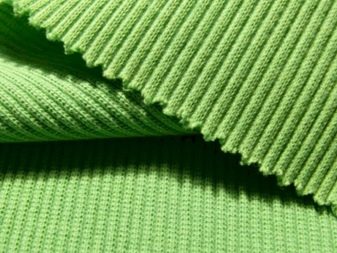
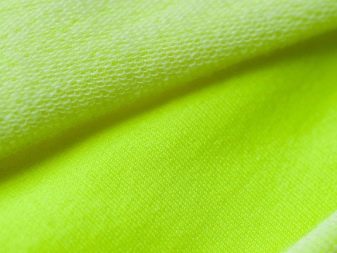
- Suprem - a knitted fabric consisting of cotton with the addition of lycra, which gives the fabric more elasticity than interlock. This is a thin fabric that allows air to pass through, so light summer clothes are often sewn from it.
- Ribana may contain pure cotton, like interlock, or include an additive of viscose, lycra, and rubber fibers, so the material is very tight and elastic. The front surface and the inside are practically the same.
- Velours also based on cotton.It is purely cotton and may contain additives - polyester or lycra. But the seamy surface in contact with the skin always consists of pure cotton. Velor differs from interlock in that its front side is covered with a dense short and soft pile. Of this delicate knitwear, clothing is often sewn for the smallest.
All these types of knitwear have a common property: they use the same basic raw material - cotton. The differences are in the composition of the fabrics and in the intricacies of the technologies for their manufacture.
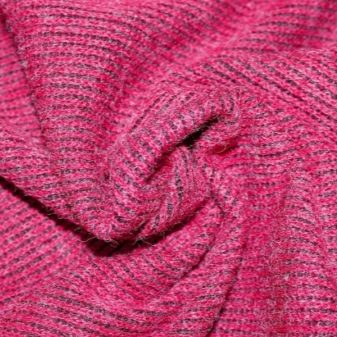
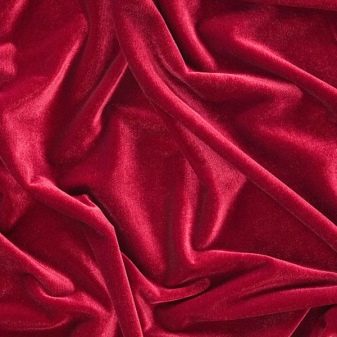
How to choose?
- When choosing an interlock knit fabric, you need to remember that it has three types that differ in quality. The highest has a double-eared singing. This view can be identified by a completely smooth surface. The lowest quality is openend. It can be determined by the characteristic fleece.
- You also need to pay attention to the composition of the knitwear, which is indicated on the tag of each product. This interlock consists only of natural cotton. If the composition contains synthetic fibers, then this is no longer a real bilastic.
- It is necessary to carefully consider the front surface of the product - it should be smooth, without defects, wrinkles, lint and roughness. High-quality interlock has a dense texture. When choosing clothes from this knitwear, you need to pay attention to its shape and condition of the seams.
- It also matters in which country the product is made. Usually Korean, Turkish and Italian materials are presented on the Russian market. Interlock from a Korean manufacturer may have synthetic additives, which is unacceptable and leads to poor quality canvas. Knitwear of Turkish and Italian production is of higher quality.

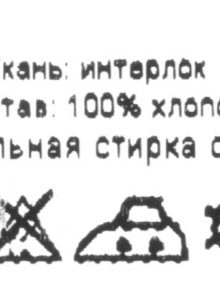
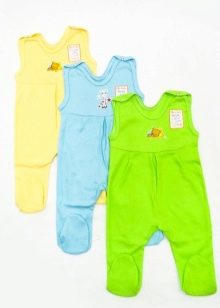
Care Tips
Although bi-plastic is unpretentious in maintenance and has great strength, nevertheless, it is required to adhere to the simple rules of its content.
- Since the bi-plastic sits slightly after washing, it must be washed in water with a temperature of no higher than 40 degrees. So the thing will retain its original appearance for a long time.
- It is recommended to wash it manually, but it is possible to machine wash in gentle mode.
- Do not use detergents or powders containing chlorine during washing. Use only mild detergents.
- Stains and other stains on clothing should be treated and removed before washing.
- Colored items are washed separately from white ones.
- The conditioner added to the water during rinsing will preserve the texture of the canvas.
- If the clothes have metal fasteners, they must be fastened and the clothes turned inside out.
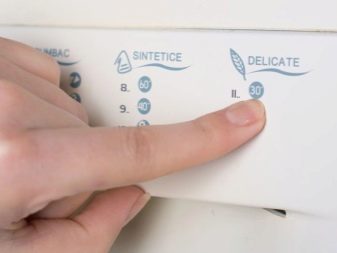

- Squeezing things in a centrifuge, it is set to low speed.
- You can not twist the clothes, it only needs to be wrung out slightly.
- If things are dried straightened, then they dry quickly and do not need to be ironed. But if wrinkles nevertheless appeared, then they can be steamed or simply ironed from the inside with a non-hot iron.
- Drying things is better in well-ventilated, but inaccessible to sunlight rooms.
- Clothes can be stored either on the shoulders or neatly folded.
Basic care requirements must be indicated on the label of each product. After the purchase, you need to familiarize yourself with them in order to properly and carefully take care of things made of two-plastics. Subject to these simple recommendations, knitwear will not lose its properties for a long time, will not burn out and will not be deformed.
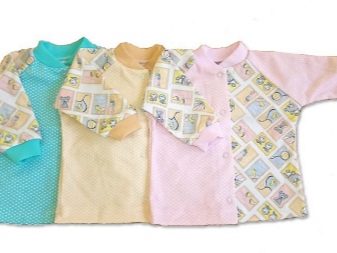
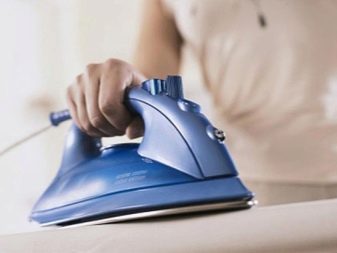
Reviews
Analysis of customer reviews shows that interlock really has all of these properties. Most often, its strength and durability in use are noted. Numerous washings do not change its color. It is indicated that the products retain their shape well even after long wear.
According to consumers, a very important fact is that the material does not cause allergies. It matters to people with sensitive skin. It is also noted that in contact with the body, the fabric causes a pleasant sensation, which is important for children's clothing. Many note the simplicity and ease of care.Parents of young children especially note the ability of two-layer plastic to quickly and easily wash.
Those who sew on their own indicate that practically any item can be sewn from interlock for both adults and children: elegant items are made from singing, everyday items are made from ring and openend. The canvas is easy to cut and sew. There are not so many negative reviews and they mainly concern his ability to “sit down” after washing.
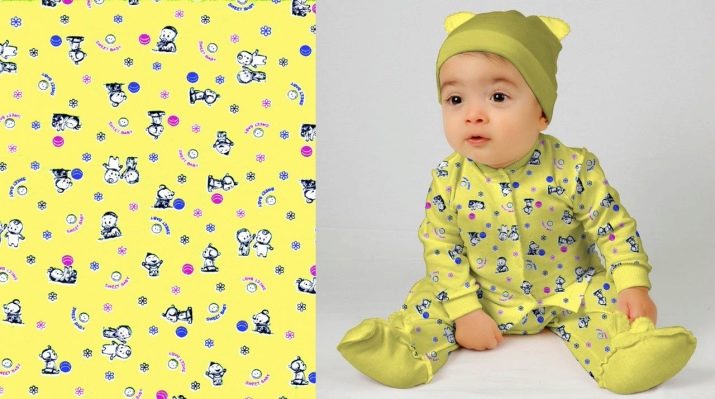
For more information on the types of knitted fabric, see the next video.










